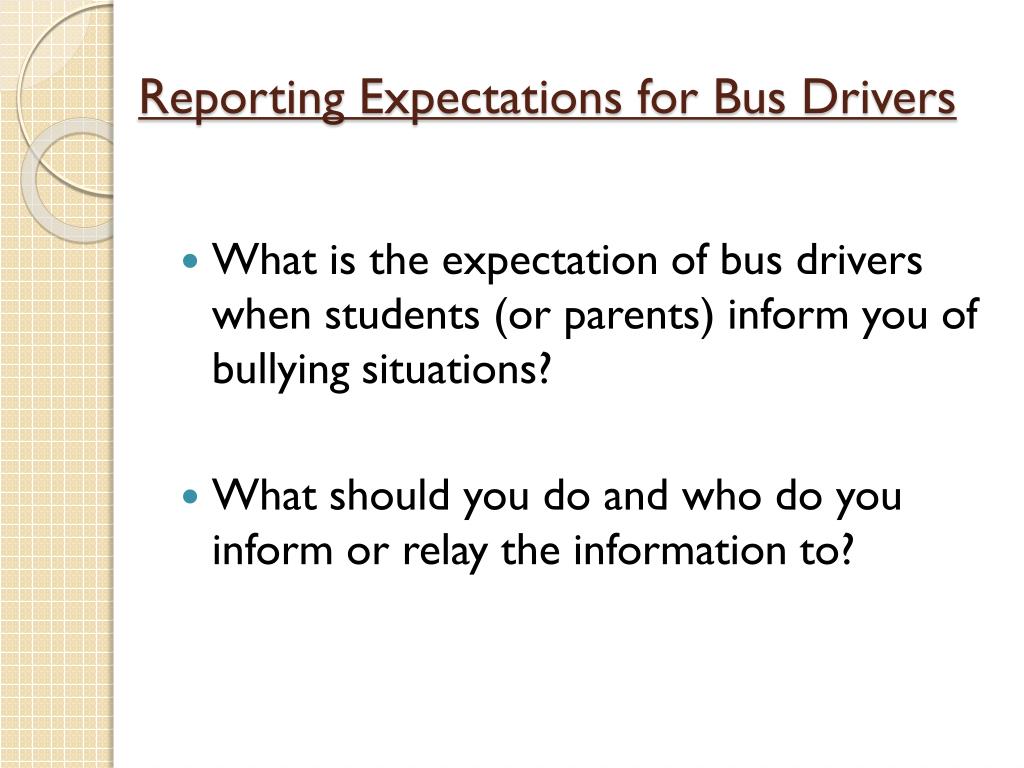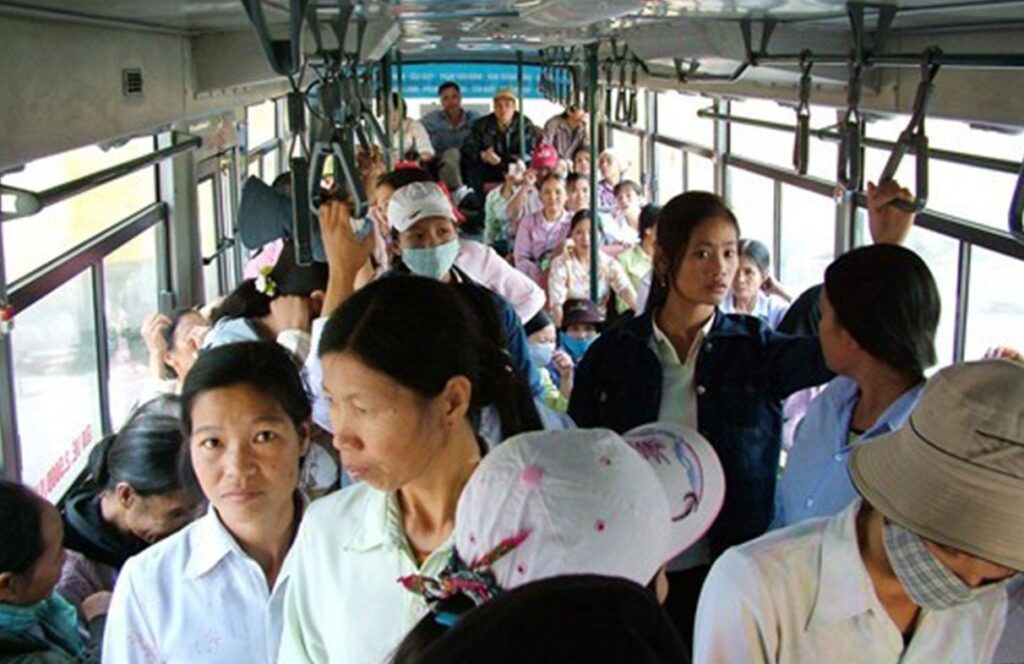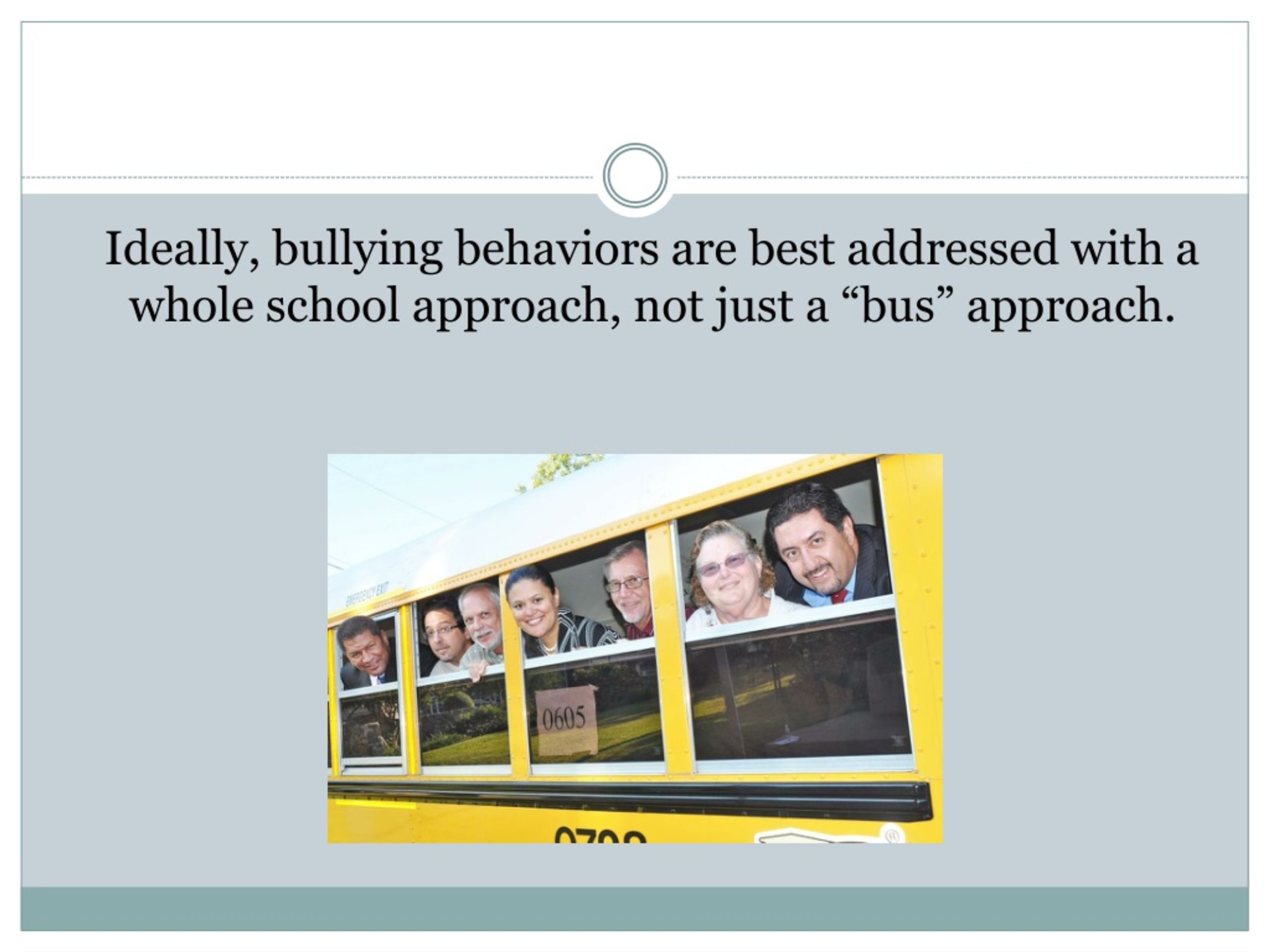Addressing & Preventing Bus Approach Harassment: A Guide
Is it possible to create a safe and respectful environment for everyone on public transit? The persistent issue of harassment on buses and trains, impacting a vast number of riders, demands urgent attention and innovative solutions.
Bus approach harassment, a pervasive issue, encompasses a wide range of behaviors. These range from subtle forms of verbal harassment to more overt acts of physical intimidation and other unwelcome conduct. Often, these actions target individuals based on characteristics like gender, race, or even appearance, creating a hostile and uncomfortable environment for those affected. This affects the overall experience of using public transport, and can lead to reduced ridership, or cause safety concerns.
To understand the scope of the problem and its impact, consider the following statistics and insights:
| Category | Details |
|---|---|
| Prevalence | Riders, particularly women, are frequently victims of various offenses of a sexual nature on buses, trains, and at stations. Sexual harassment offenses are common in these environments. |
| Impact | Sexual harassment can lead to fear and discomfort, which reduces essential mobility for many. |
| Targeted Groups | Incidents often target individuals based on gender, race, or appearance, creating a hostile environment. For example, nearly one in three Asian women and one in four Black women who have experienced sexual harassment were harassed by a junior colleague. |
| Consequences | Bullying and harassment both involve behavior which harms, intimidates, threatens, victimizes, offends, degrades, or humiliates someone. This includes both verbal and physical acts. |
| Legal Framework | The Street Harassment Prevention Act of 2018 (SHPA) aims to provide a legal definition of street harassment and implement public information campaigns. |
| Indirect Approaches | Help with an indirect approach to shift the focus to something else and get the harasser to stop. For example, if you see someone being harassed on the subway, start a conversation with them to change the focus and ignore the harasser. |
U.S. Department of Transportation (DOT) - Transit(For more information, visit the official website.)
The "bus approach harassment" acronym is a strategic framework designed to combat harassment in various settings, especially in workplaces. It is a proactive, multi-pronged strategy that aims to address the problem from different angles, with the goal of providing practical measures to prevent harassment and support those affected.
There are many aspects of the problem, from the different types of incidents to approaches for dealing with the behavior. The importance of the bystander intervention is also highlighted, to ensure impacted people are supported. This approach is about centering the impacted person: their feelings, their experience, and their needs. Understanding these various forms of harassment is crucial in developing effective strategies to combat them. Each type requires a nuanced approach, but all share the common thread of violating personal boundaries and causing harm to the victim.
The core of this framework focuses on essential components. It emphasizes the importance of fostering a community that actively prevents incidents. A crucial element of addressing the problem is rider awareness, alongside improved rider experience through agencies and policymakers.
When it comes to how to talk to a harasser, here are six suggestions:
- Look the harasser in the eyes.
- Speak in a strong, clear voice.
- Using your voice, facial expressions, and body language together, without mixed signals, show assertiveness and strength.
- Make the request to the bus driver at least one stop ahead of the desired stop so that the bus can stop safely.
- Keep the volume down on your music and avoid phone distractions especially when you're alone so you can hear and see what is happening around you.
- Help with an indirect approach to shift the focus to something else and get the harasser to stop. For example, if you see someone being harassed on the subway, start a conversation with them to change the focus and ignore the harasser.
Consider the different forms of harassment and their nuances, and the impact on the transit users. The negative consequences of sexual harassment on public transport are significant: it reduces essential mobility for some community members and creates fear and discomfort when using transit for many riders.
Sexual harassment itself is divided into two categories: pressure to comply with unwelcome advances for job security and a hostile work environment. Understanding these divisions is helpful in developing strategies to tackle the behavior.
It is essential to recognize the warning signs and to be vigilant. Furthermore, it's important to note that "Bullying and harassment both involve behavior which harms, intimidates, threatens, victimizes, offends, degrades, or humiliates someone. Although bullying and harassment sometimes overlap, not all bullying is harassment and not all harassment is bullying."
This initiative and its accompanying approach aims to empower and equip riders with the knowledge, skills, and tools needed to effectively and safely assist in the prevention of sexual violence. The goal is to foster a culture of respect, support, and safety for everyone.
Agencies and policymakers are partnering with community organizations to address harassment and improve rider experience.
The "bus hypothesis" approach can be adapted in numerous circumstances. Consider all the elements of design process and use this framework. For example, as designers work to address the problem of harassment in transit, they can use the "bus hypothesis." That means knowing why the decisions are going to solve the business problem. This helps defend decisions to stakeholders and get people on board with the design work.
It's important to consider the larger picture. For example, organizations can use social and economic insights in their decision-making process, which is very important.
Ultimately, the goal is to create a better environment where everyone feels safe and respected. The legal profession is often on the front lines of this issue, which is on the forefront of the national conversation.


